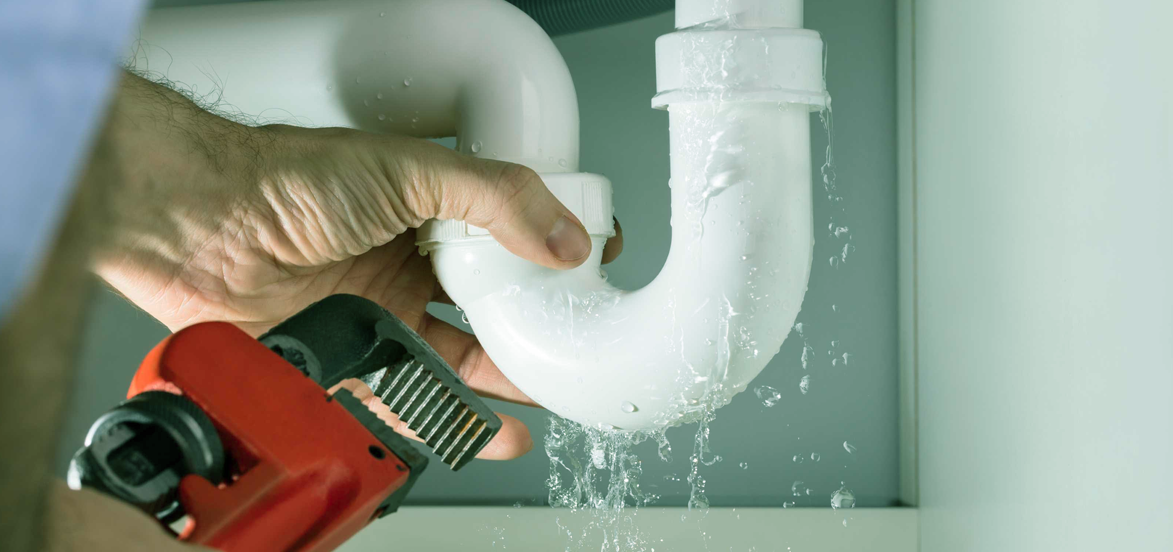Overview To Water Leakage Discovery In The House
Overview To Water Leakage Discovery In The House
Blog Article
This great article down below relating to Detecting hidden plumbing leaks is indeed captivating. Try it and make your own conclusions.

Early discovery of dripping water lines can reduce a prospective disaster. Some tiny water leakages may not be noticeable.
1. Check Out the Water Meter
Every residence has a water meter. Examining it is a guaranteed manner in which assists you discover leaks. For beginners, switch off all the water resources. Ensure no person will flush, make use of the faucet, shower, run the washing maker or dishwasher. From there, most likely to the meter and watch if it will certainly transform. Considering that no person is using it, there ought to be no activities. That shows a fast-moving leak if it moves. Furthermore, if you discover no changes, wait a hr or two as well as inspect back once more. This implies you might have a slow-moving leakage that can even be underground.
2. Inspect Water Consumption
If you identify sudden modifications, despite your intake being the same, it implies that you have leakages in your plumbing system. A sudden spike in your expense suggests a fast-moving leakage.
At the same time, a stable boost on a monthly basis, even with the very same practices, reveals you have a slow-moving leakage that's also slowly escalating. Call a plumber to completely examine your residential or commercial property, especially if you really feel a warm area on your flooring with piping below.
3. Do a Food Coloring Examination
When it comes to water consumption, 30% comes from toilets. If the shade somehow infiltrates your dish throughout that time without flushing, there's a leakage between the tank as well as dish.
4. Asses Exterior Lines
Do not fail to remember to examine your outside water lines as well. Must water leak out of the connection, you have a loose rubber gasket. One little leakage can squander bunches of water and increase your water costs.
5. Inspect as well as Examine the Circumstance
Homeowners ought to make it a habit to inspect under the sink counters and also also inside closets for any bad odor or mold development. These 2 warnings show a leakage so prompt focus is required. Doing routine examinations, also bi-annually, can save you from a major problem.
If you recognize your residence is already old, maintain a careful eye on your heating systems, hose pipes, pipes and so on. Check for discolorations and also deteriorating as many pipelines as well as devices have a life span. They will certainly also naturally weaken due to tear and also wear. Don't wait for it to intensify if you suspect dripping water lines in your plumbing system. Call a professional plumber right now so you do not wind up with a dreadful mess in your home.
Early detection of leaking water lines can alleviate a potential catastrophe. Some small water leaks may not be visible. Inspecting it is a proven method that aids you find leaks. One tiny leakage can waste bunches of water and increase your water costs.
If you think dripping water lines in your plumbing system, do not wait for it to intensify.
WARNING SIGNS OF WATER LEAKAGE BEHIND THE WALL
PERSISTENT MUSTY ODORS
As water slowly drips from a leaky pipe inside the wall, flooring and sheetrock stay damp and develop an odor similar to wet cardboard. It generates a musty smell that can help you find hidden leaks.
MOLD IN UNUSUAL AREAS
Mold usually grows in wet areas like kitchens, baths and laundry rooms. If you spot the stuff on walls or baseboards in other rooms of the house, it’s a good indicator of undetected water leaks.
STAINS THAT GROW
When mold thrives around a leaky pipe, it sometimes takes hold on the inside surface of the affected wall. A growing stain on otherwise clean sheetrock is often your sign of a hidden plumbing problem.
PEELING OR BUBBLING WALLPAPER / PAINT
This clue is easy to miss in rooms that don’t get much use. When you see wallpaper separating along seams or paint bubbling or flaking off the wall, blame sheetrock that stays wet because of an undetected leak.
BUCKLED CEILINGS AND STAINED FLOORS
If ceilings or floors in bathrooms, kitchens or laundry areas develop structural problems, don’t rule out constant damp inside the walls. Wet sheetrock can affect adjacent framing, flooring and ceilings.
https://www.servicemasterbyzaba.com/blog/how-to-detect-water-leakage-in-walls/

I have been very serious about Finding hidden leaks and I'm hoping you liked my blog post. Appreciated our write up? Please share it. Let another person check it out. Thanks a lot for going through it.
Report this page